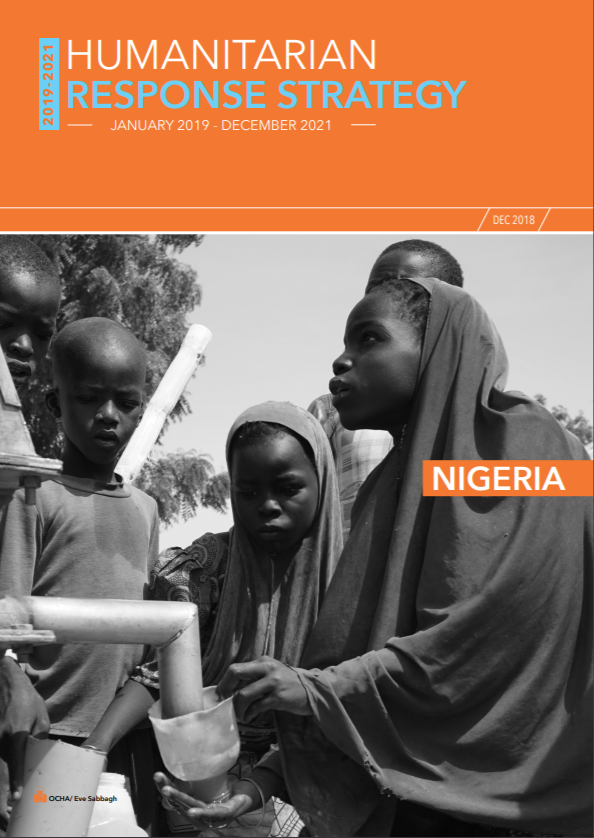Minimum Standards for Child Protection in Humanitarian Action (CPMS)

The Minimum Standards for Child Protection in Humanitarian Action (CPMS) have become one of the key resources for humanitarian workers since its launch in 2012. The CPMS have been developed to support child protection work in humanitarian settings by:
Establishing common principles between those working in child protection; strengthening coordination between humanitarian actors; improving the quality of child protection programming and its impact on children; improving the accountability of child protection programming; defining the professional field of child protection in humanitarian action; providing a synthesis of good practice and learning to date; and strengthening advocacy and communication on child protection risks, needs and responses.
Years of implementing the CPMS in diverse settings revealed the need for a more user-friendly version of the Standards that would reflect recent sector learning and evidence; improve guidance on prevention, gender and age inclusion, and other cross-cutting themes; and promote applicability to a broader range of humanitarian contexts. This revision benefitted from the input of over 1,900 individuals in 85 countries.
Country
Worldwide
Region
Worldwide
Year
2019
Topics
Category





